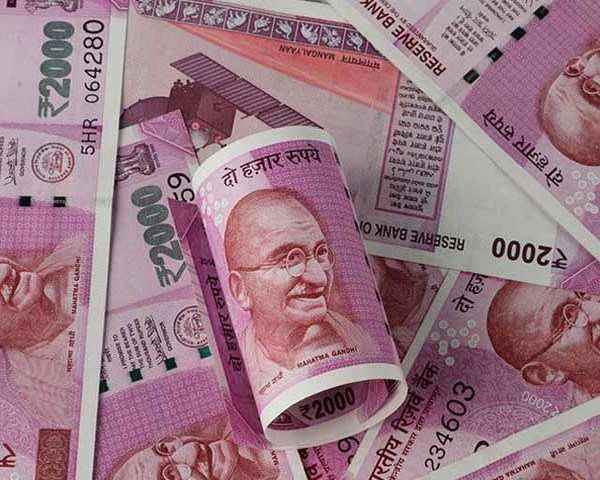A surge in investments that offset sluggish consumption to boost India’s growth in 2022-23 is expected to power the economy in the current financial year as the government pushes ahead with massive capital expenditure plans, economists said.
This, in turn, could reflect across sectors like construction, which have a multiplier effect on the economy by creating employment, eventually generating consumption demand, they said.
Gross fixed capital formation, which reflects investment, rose 8.9% in the January-March quarter and 11.4% for the full financial year, data released on Wednesday showed.
The central government’s capex push has been “unrelenting,” Sajjid Chinoy, JP Morgan’s chief India economist, said, noting that states that were sluggish in spending earlier in the year also pushed up expenditure by 24% in the January-March quarter.
The turn comes after a decade when balance sheet stress in the economy kept investment in check. While government investment has picked up, a “modest crowding-in” of private investment is likely in 2023/24, economists at ICICI Securities said in note.

CONSTRUCTION, MANUFACTURING BUMP
The capex push over the last three years has driven growth in the construction sector closer to pre-pandemic levels, JP Morgan’s Chinoy said.
The sector grew 10.4% in the fourth quarter and at 10% over the full financial year.
The construction sector indirectly helps to absorb excess rural labour and create a multiplier effect on the overall economy in the medium term, said QuantEco Research economists Yuvika Singhal and Vivek Kumar.
Economists are more sceptical about the 4.5% growth spurt seen in gross value added (GVA) in the manufacturing sector.
The surprising strength in growth is also partly being attributed by economists to a statistical quirk.
The government computes real GDP by adjusting nominal GDP growth with an inflation deflator closely tied to wholesale prices instead of retail prices.
At a time when wholesale inflation has turned negative, this could provide a statistical boost to manufacturing and overall GDP growth. “Therefore, the manufacturing and GDP data for the current quarter will need to be carefully interpreted,” said JP Morgan’s Chinoy.
Other indicators, however, reflect strength in demand as well.
The S&P Global India Manufacturing PMI rose to 58.7 in May – the strongest since October 2022.”Demand conditions demonstrated remarkable strength, with factory orders rising at the fastest pace since January 2021,” per a statement disclosing the PMI data.

CONSUMPTION WEAKNESS
In contrast, private consumption grew at a sluggish 2.8% in the fourth quarter. Sequentially, consumption grew just 0.5% in the January-March period after contracting 2% in the previous three months.
“Higher inflation may be a key reason behind the sluggish performance in private consumption,” said Nomura’s Varma and Nandi.


























It is important to consider a gradual transition and address the challenges and concerns associated with a cashless society. Hybrid models that provide options for both electronic and cash transactions can be beneficial in promoting financial inclusivity while leveraging the advantages of digital payments. Ultimately, any decision to move towards a cashless society requires careful consideration of the potential benefits and the need to address the concerns and implications for all members of society.